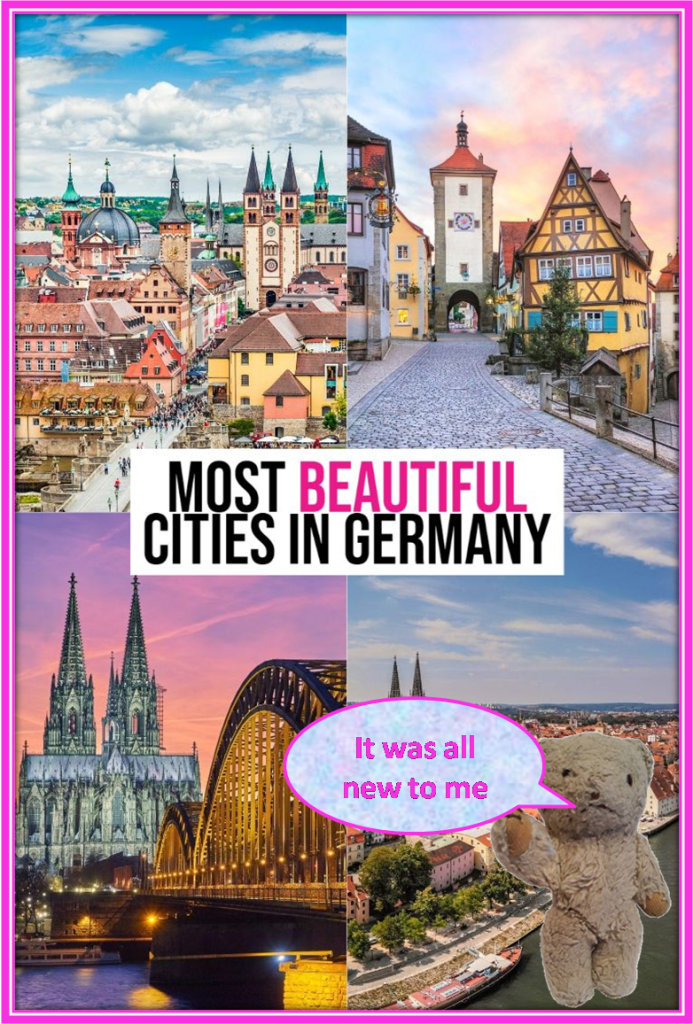
As Cologne wasn’t on our itinerary when we set off on our long weekend in Germany, I hadn’t tried to find out anything about it before we left home and so I had to learn about it as we went along and some of the things I learnt were quite surprising.
For example, although I’d sometimes heard Mum mention something she called Ohdikker-lone, I only knew that it was something she sometimes dabbed on her forehead when I was a Naughty Young Bear and she said I gave her a headache.

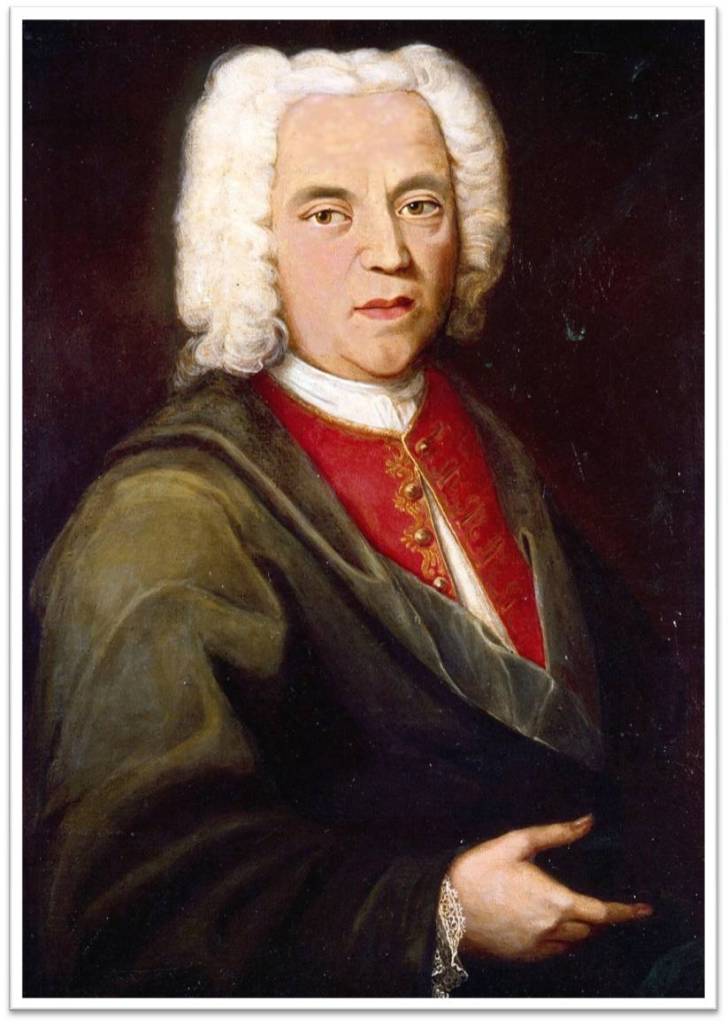
I knew it smelled nice and refreshing, but I’d no idea that what Mum was really saying wasn’t Ohdikker-lone, but Eau de Cologne which means Water of Cologne (or Kolnisch Wasser in German), as that was where it was launched in 1709 by Giovanni Maria Farina (1685-1766).
He was a perfumier who’d moved to the city from his native Italy and, at a time when perfumes could vary wildly from one batch to another, he managed to make one that would always be the same. Using a mixture of citrus oils, which included orange, lemon, tangerine and grapefruit, together with oils from plants such as lavender, violets and roses, he wrote to his brother in1708 and told him that the new perfume reminded him “of an Italian spring morning, of mountain daffodils and orange blossoms after rain.”

Although it was very expensive, it soon became popular in the royal courts of Europe and for almost 90 years Farina’s factory in Cologne was the only place where it was made. In 1797, however, free trade was established in Cologne and many other businessmen started to make their own fragrances and sell them as Eau de Cologne.

One of these was Wilhelm Mulhens who in 1799 started selling 4711 Eau de Cologne, named after the number of the building where it is still made today.
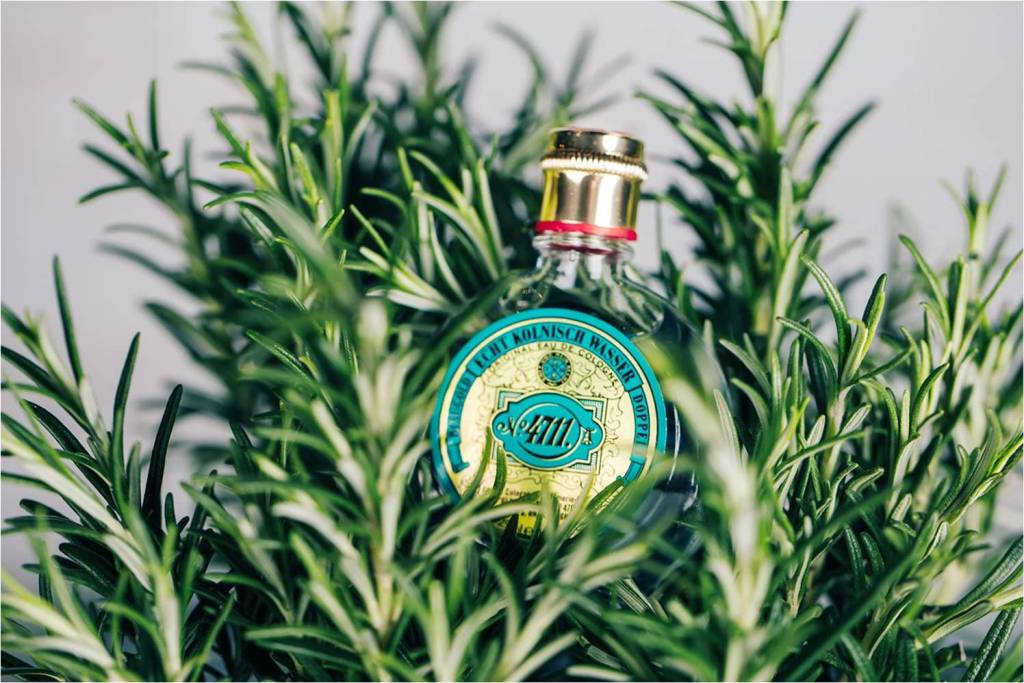
The cologne originally made by Giovanni Maria Farina is also still made, now produced by the eighth generation of his family.

But, although these places sounded interesting, we didn’t have time to look for them that day. Our coach dropped us off not far from the Christmas market in the big square in front of the cathedral and so that was where we went first.
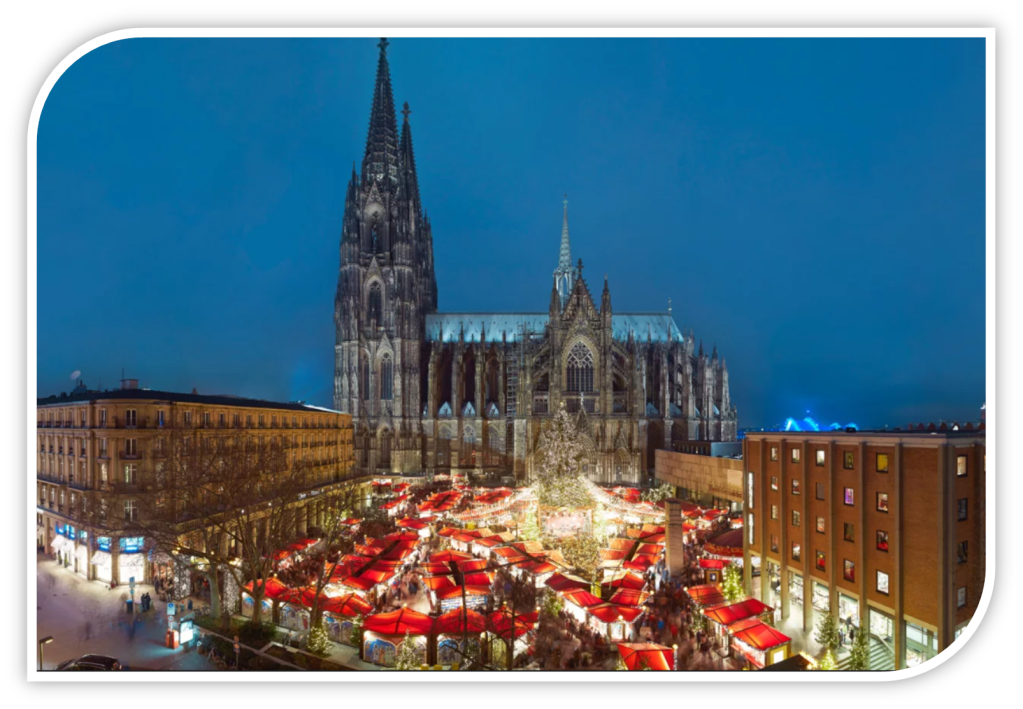
Now as you know from some of my earlier posts, me and Mum had already been to the Christmas markets in Trier, Metz and Luxemburg City the previous year, but this was a first for Granny Betty and within a couple of minutes she was really enjoying herself, soaking up the festive atmosphere and mesmerised by all the lovely things on sale there.
After a while, however, it started to drizzle and, as we didn’t fancy getting wet and having to travel back to the hotel in damp clothes, we decided to leave the market for a while and go into the cathedral instead.

Now, of course, I hadn’t been expecting to go there either before we set off on our trip and so I didn’t know much about it, but once inside I quickly began to learn the basics, including the fact that Christian buildings have stood on this site since the 4th century AD.
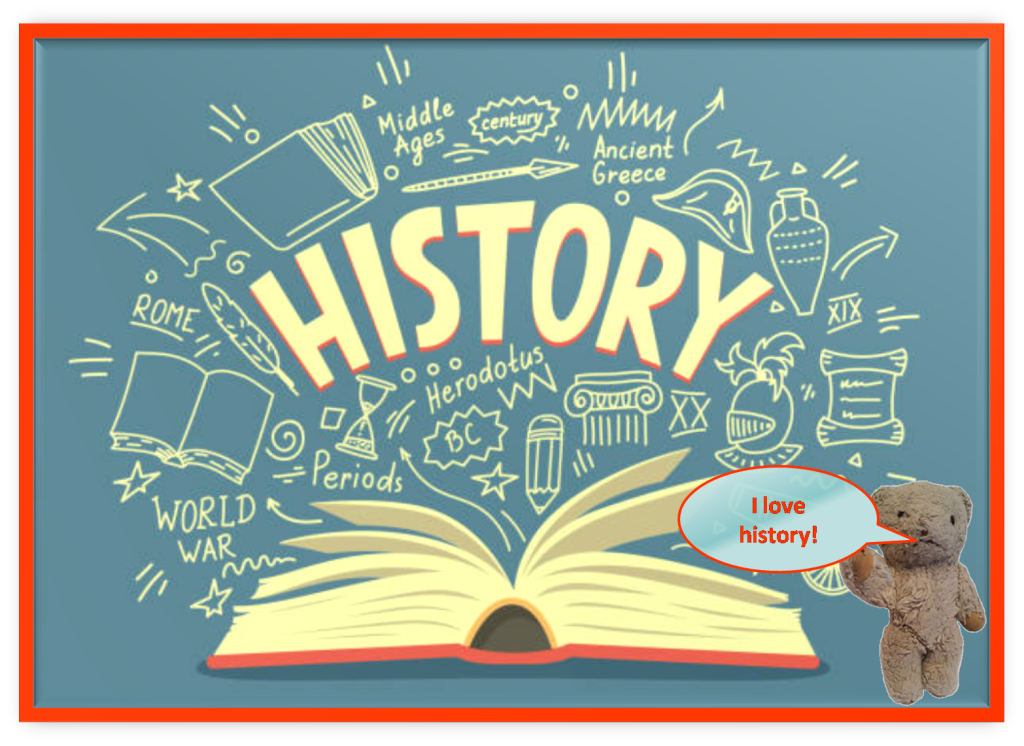
One of them, which was completed in 818, was even known as The Old Cathedral, and when the Relics of the Magi were brought to Cologne from Milan in 1164, they were housed there. Then between 1180 and 1225 a special shrine was built to contain the relics and, as this attracted large numbers of pilgrims to visit the site, it was decided to build a new cathedral for them.
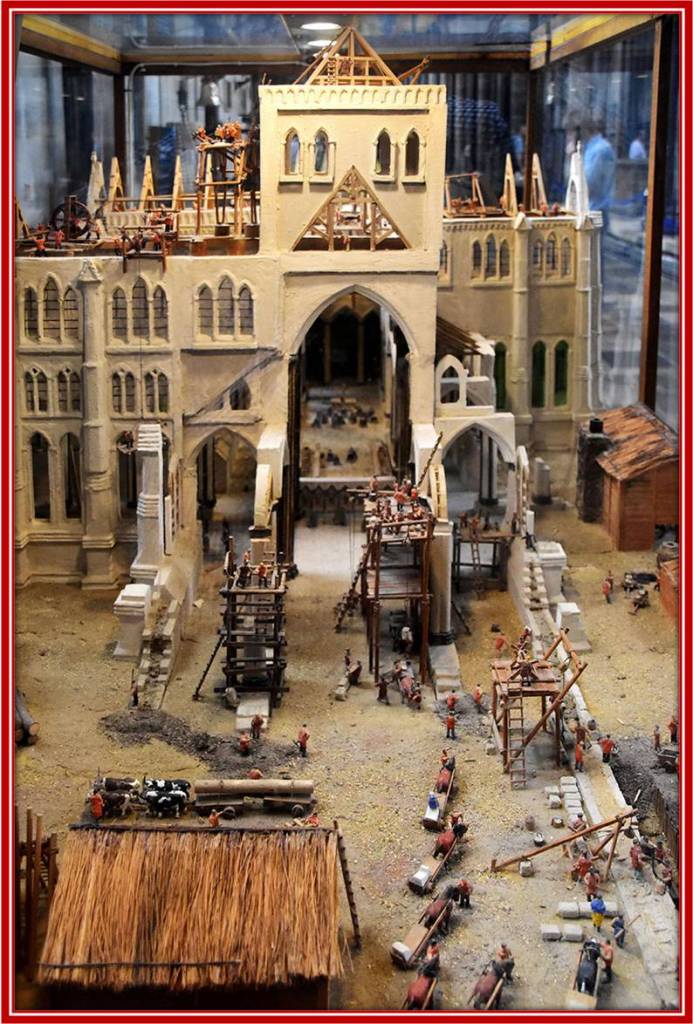
I had to ask Mum who the Magi were and she told me that we also know them as the Three Wise Men or the Three Kings. Shortly after Jesus was born in the stable in Bethlehem, they saw a bright star in the sky and this led them to him. Their names were Caspar, Melchior and Balthasar and they brought gifts of gold, frankincense and myrrh.



Dedicated to St Peter, the new cathedral was started in 1248 – the same year as the Old Cathedral caught fire and burnt down while it was being demolished to make room for the present building. Work continued until 1560 by which time the new cathedral was almost complete and the Reliquary containing the remains of the Magi was on display.
Work on the cathedral didn’t start again until 1842 and was completed in 1880, using the original plans which meant that the final version of the building looked very much as the 13th century architects had planned, complete with the spires on top of the two towers.
During World War II, however, much of the old part of Cologne was destroyed by bombs and ground combat. And the cathedral itself was lucky to survive, as it was hit by 14 bombs and quite badly damaged, though the towers remained intact.
Repairs were completed in 1956. Forty years later the cathedral became a UNESCO World Heritage Site and is now one of the most popular attractions in Germany, with around six million visitors a year.

By the time I’d learned all that and we’d had a good look round, the weather was improving and we were getting hungry. We were also running out of time and so we went to a nearby café and had a welcome cup of tea and a large slice of chocolate cake.

Then, after another quick look around the Christmas market, we got back on the coach and set off back to our hotel for our evening meal.
I’ve run out of space for now, however, so I’ll have tell you about that next time. Meanwhile, take care and stay safe – and I’ll be back again soon!
Please follow my next blog: 286. BONFIRE NIGHT
02/11/2023
